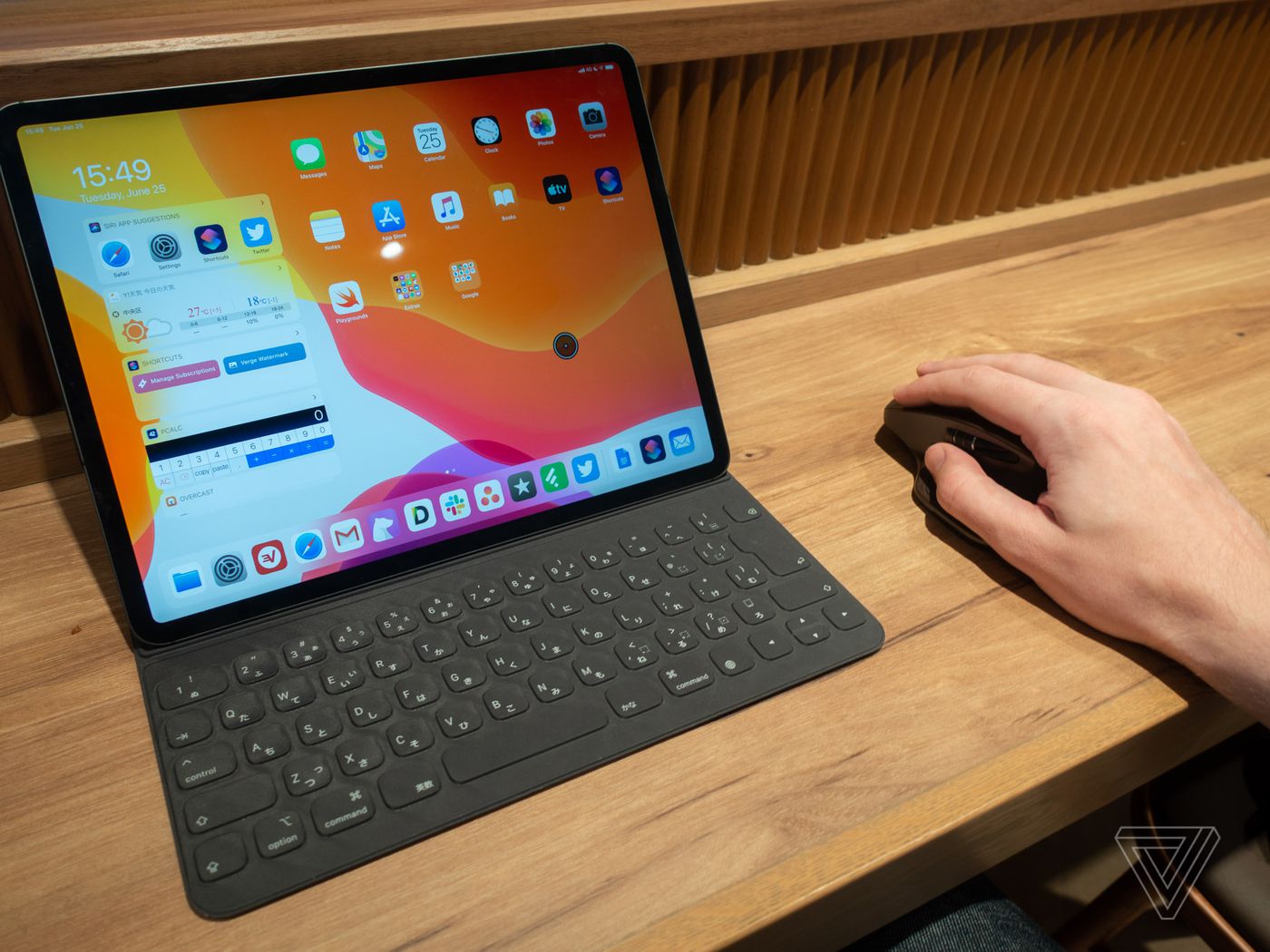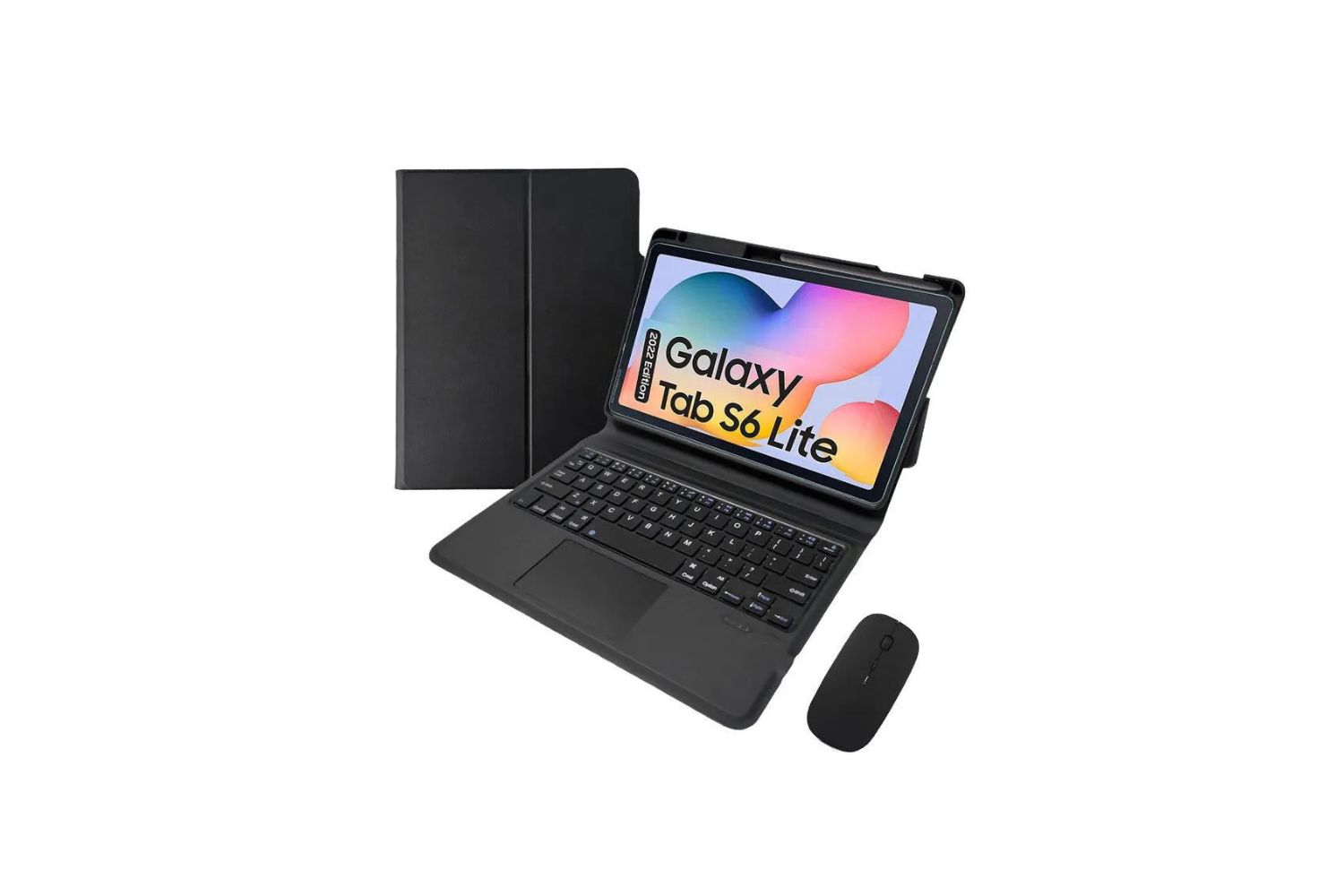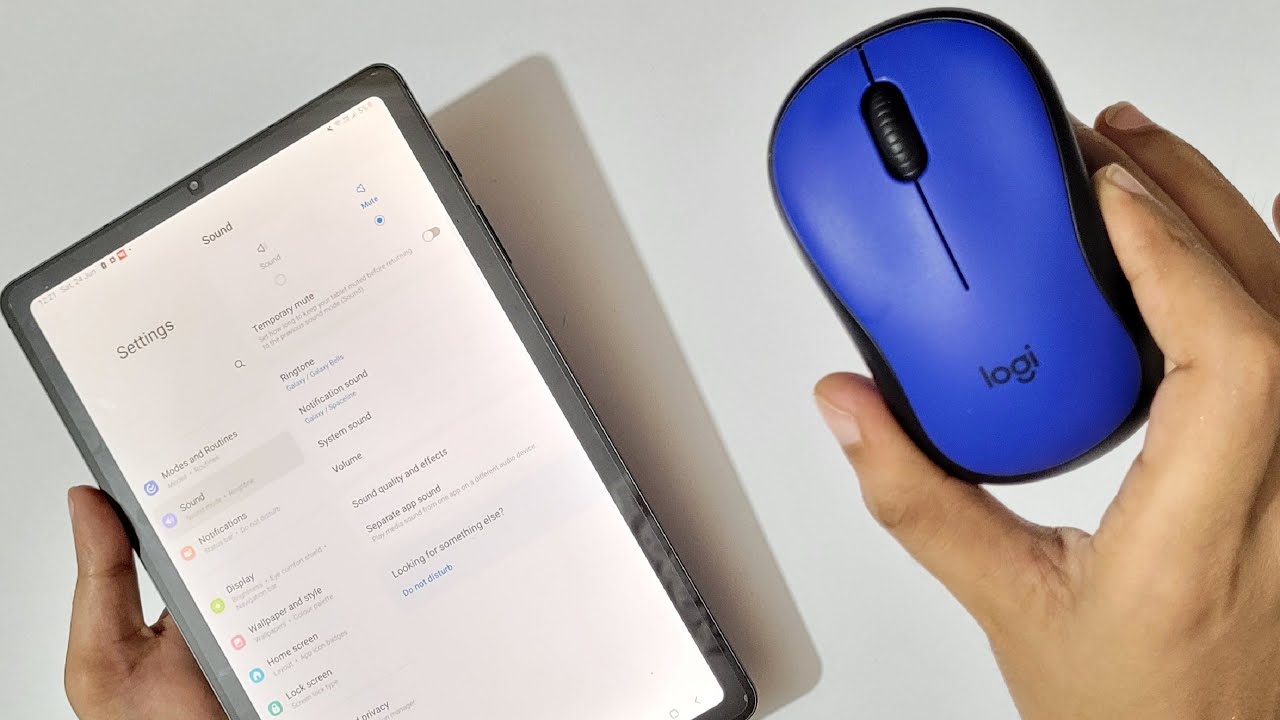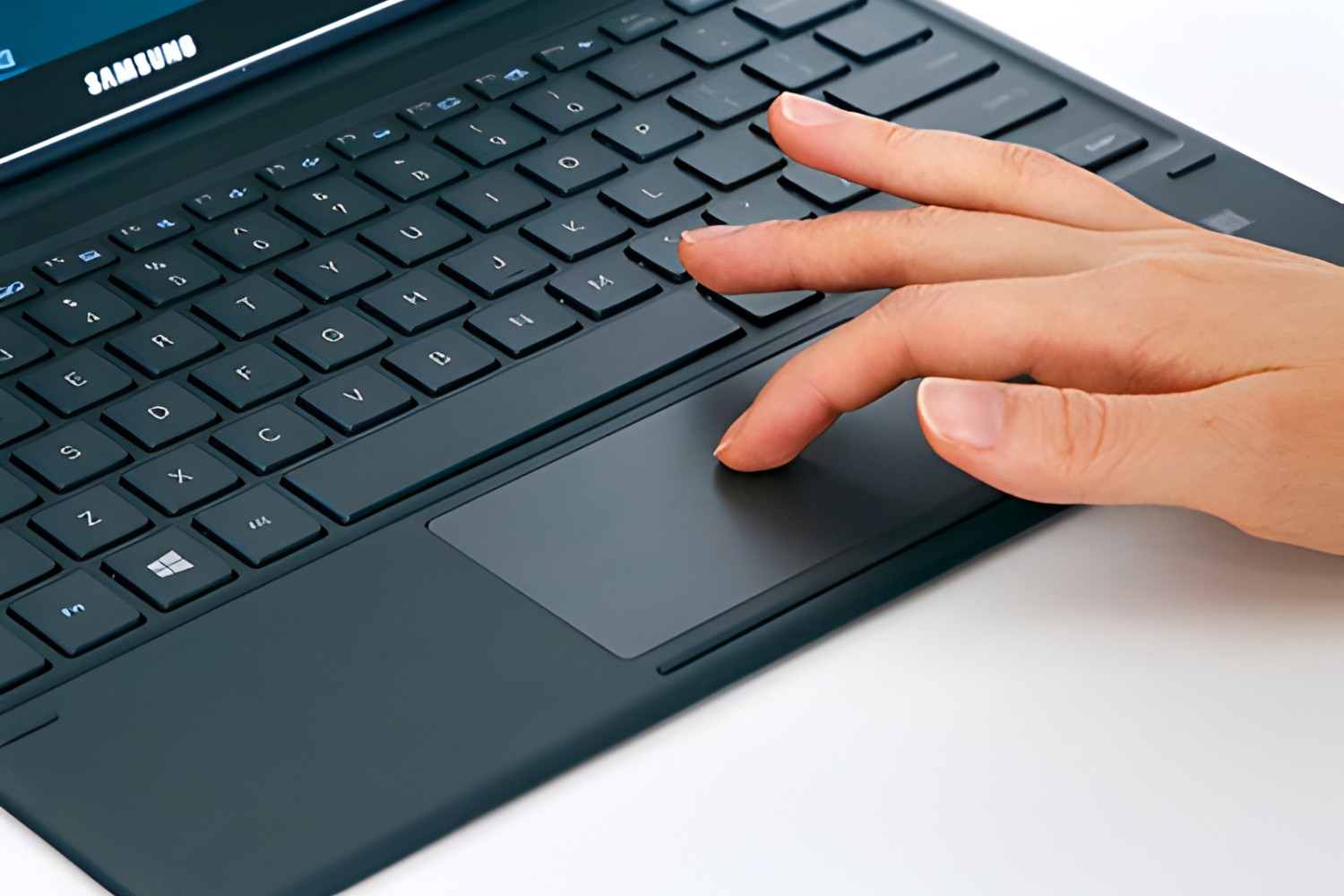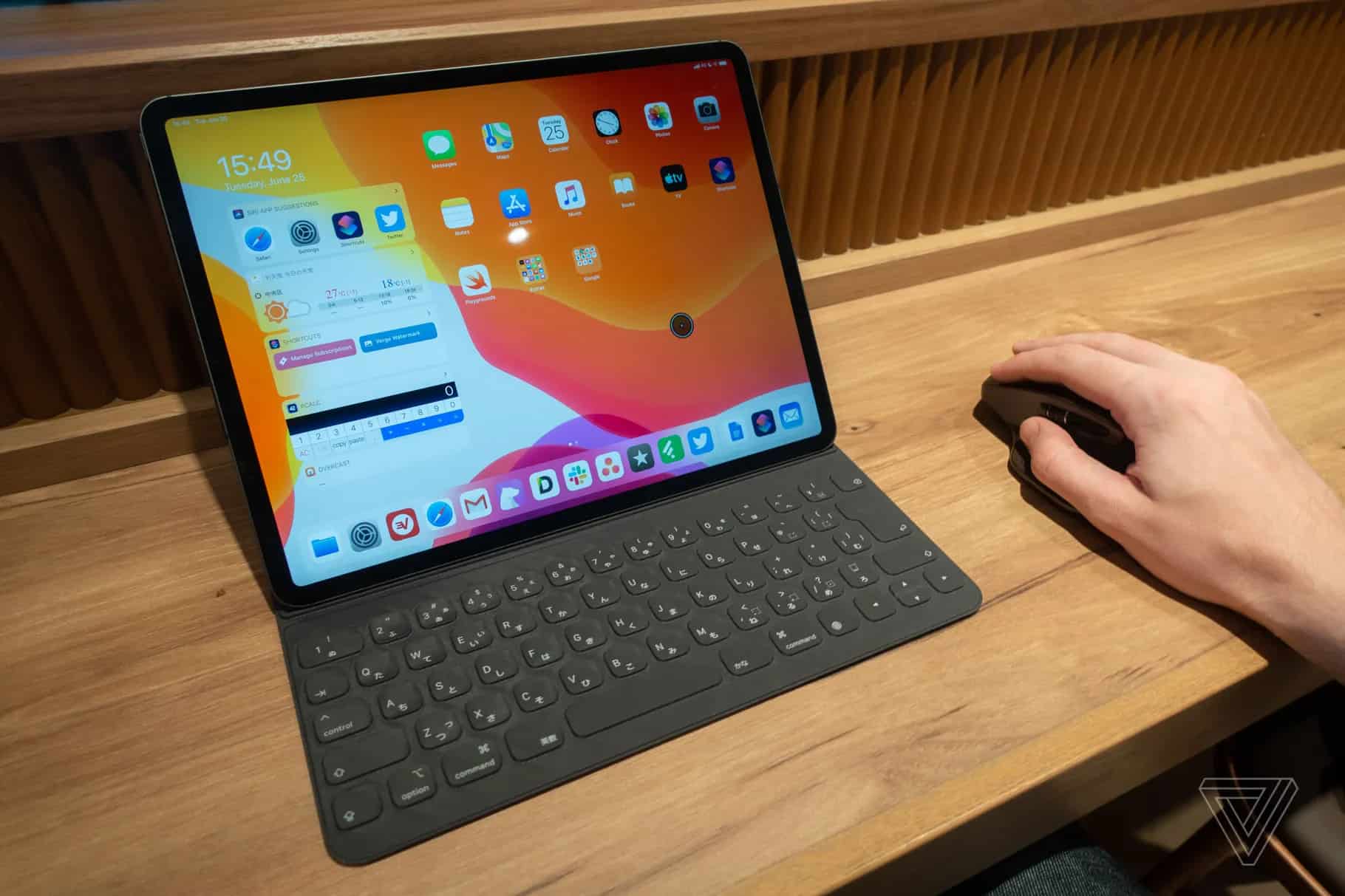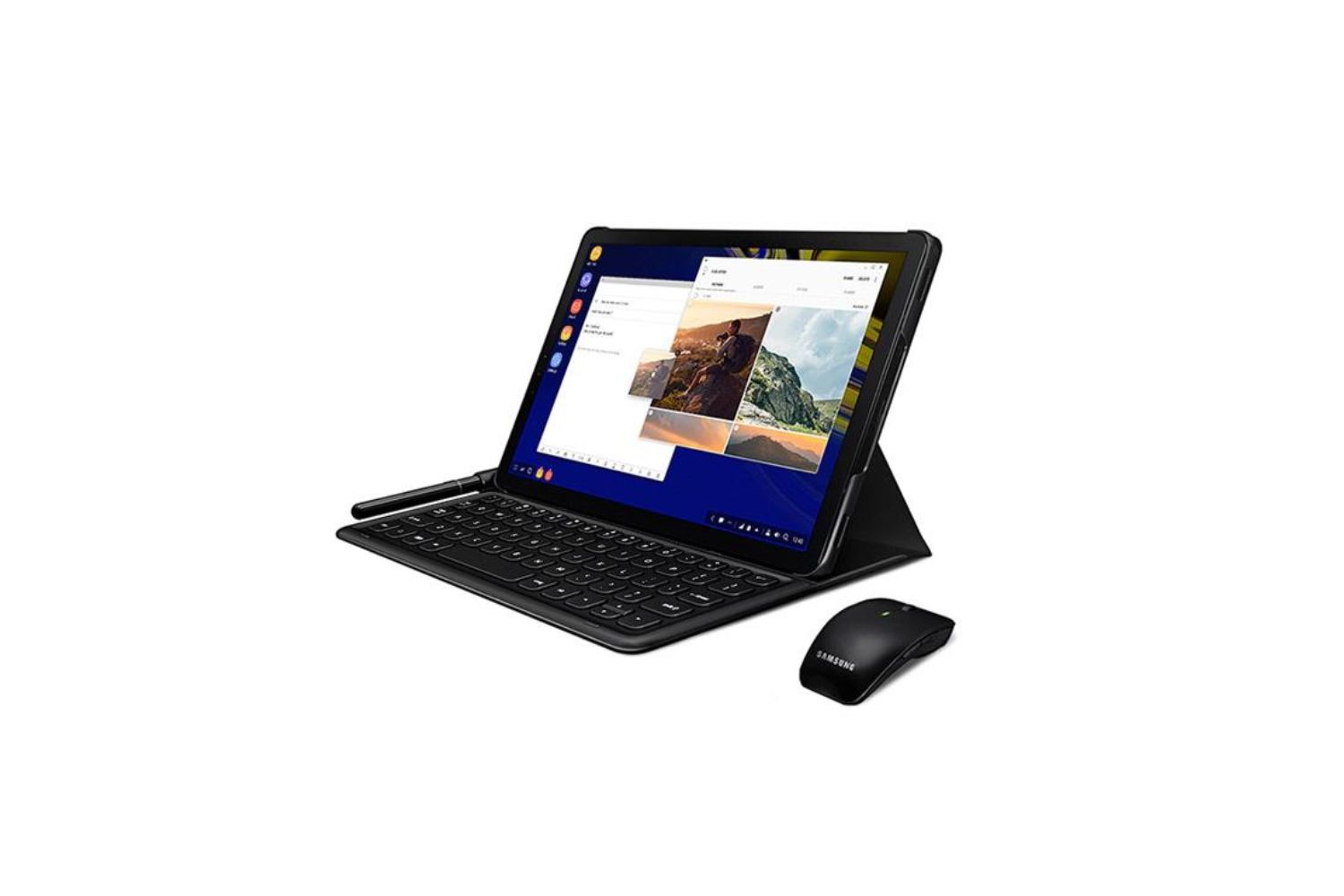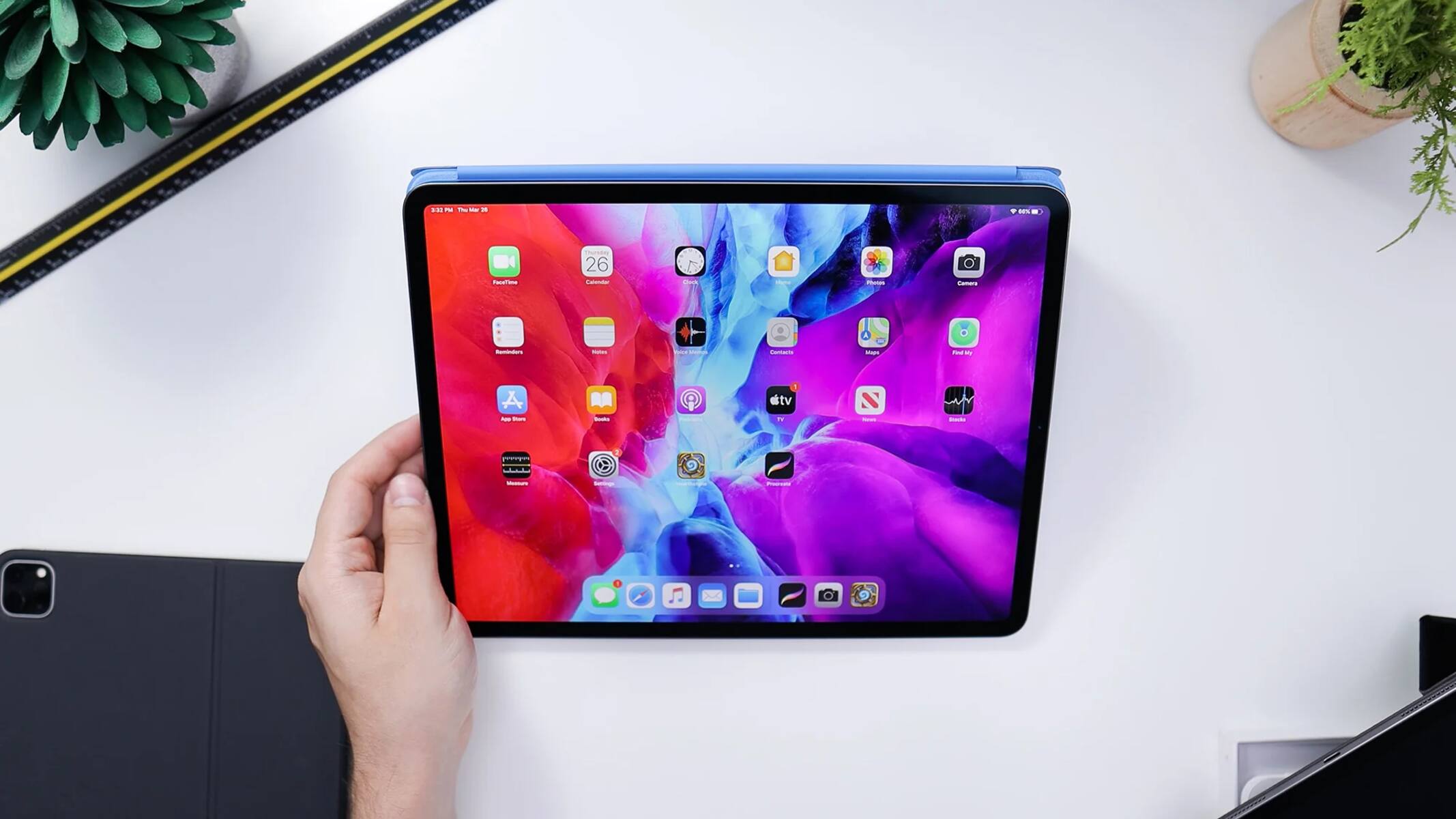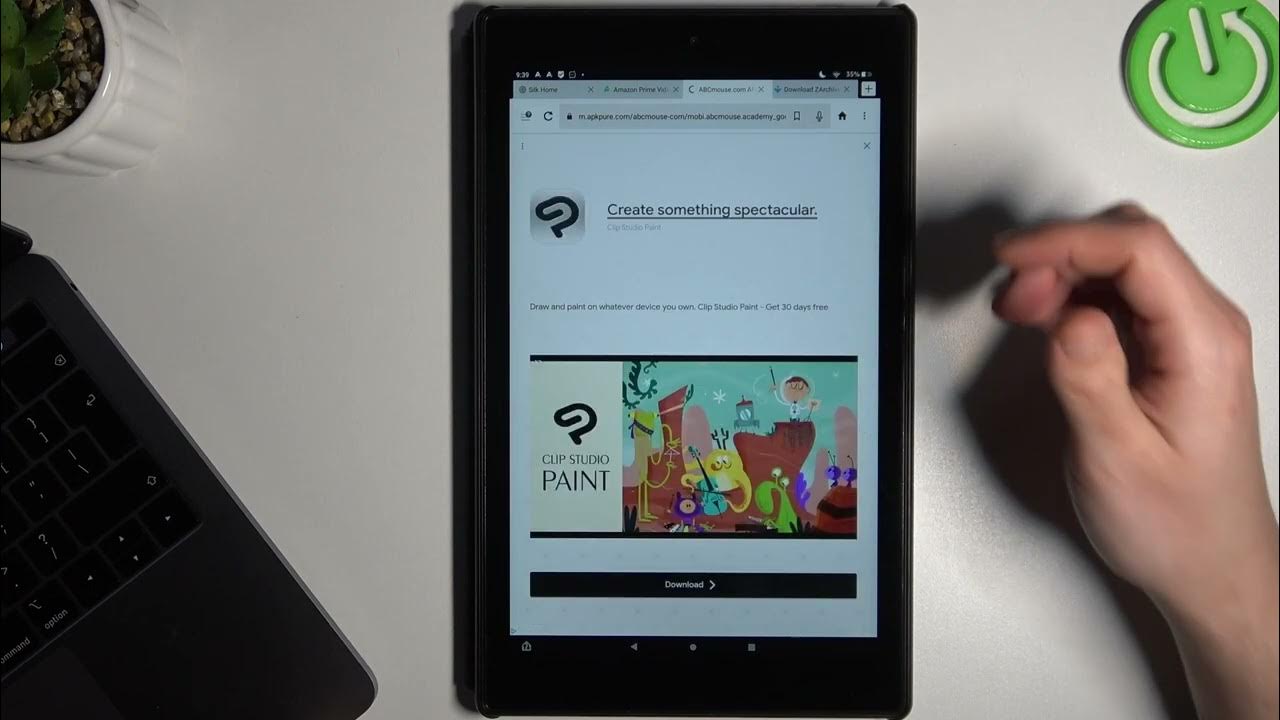Why Would You Want to Connect a Mouse to a Tablet?
Tablets have become increasingly popular due to their portability and versatility. They offer a convenient way to browse the internet, read ebooks, watch videos, and even work on the go. However, despite their many advantages, tablets can sometimes lack the precision and speed that a mouse provides.
Connecting a mouse to a tablet can significantly enhance your productivity and user experience. Here are a few reasons why you might want to consider it:
- Improved Navigation: Using a mouse allows for more precise navigation and control compared to using your finger or a stylus. It offers greater accuracy, making it easier to click on small buttons or links, especially when browsing complex websites or using productivity apps.
- Efficient Multitasking: With a mouse, you can switch between apps and windows more seamlessly. This becomes particularly useful when working on tasks that require opening and comparing multiple documents or files.
- Better Accessibility: For individuals with dexterity issues or hand tremors, using a mouse can make operating a tablet easier and more accessible. The ergonomic design of a mouse provides greater comfort and precision for extended periods of use.
- Gaming and Design: If you enjoy mobile gaming or engage in creative tasks like graphic design or photo editing on your tablet, a mouse can provide greater control and precision. This can enhance your gaming experience or make intricate design work more precise.
- Extended Battery Life: When using a mouse with your tablet, you may notice that the tablet’s battery lasts longer. This is because the tablet’s screen doesn’t require frequent touches, saving energy and prolonging battery life.
Connecting a mouse to your tablet gives you more flexibility and control, whether you use it for work, leisure, or creative pursuits. In the next sections, we will explore various options for connecting a mouse to both Android tablets and iPads.
Options for Connecting a Mouse to a Tablet
If you’re interested in connecting a mouse to your tablet, you’ll be glad to know that there are several options available, depending on the type of tablet you have. Let’s take a look at the two most common types: Android tablets and iPads.
Connecting a Mouse to an Android Tablet
Android tablets offer greater flexibility when it comes to connecting peripherals such as a mouse. Here are two common options for connecting a mouse to an Android tablet:
- USB OTG Cable: One option is to use a USB On-The-Go (OTG) cable. This cable has a micro USB or USB-C connector that plugs into your tablet’s charging port and provides a standard USB-A port on the other end. You can then connect your mouse to this USB-A port, allowing your tablet to recognize and use the mouse.
- Bluetooth Mouse: Another option is to use a Bluetooth-enabled mouse. Most Android tablets have built-in Bluetooth capabilities, allowing you to pair and connect a compatible Bluetooth mouse wirelessly. Simply turn on the Bluetooth on your tablet, put your mouse in pairing mode, and follow the instructions to connect the two devices.
Make sure to check if your specific Android tablet model supports USB OTG or Bluetooth connectivity before purchasing any peripherals.
Connecting a Mouse to an iPad
While iPads have a more closed ecosystem compared to Android tablets, there are still ways to connect a mouse to an iPad. Here’s how:
- Bluetooth Mouse: iPads, starting from iPadOS 13 or later, have added support for mouse connectivity. You can connect a Bluetooth mouse to your iPad in the same way as with an Android tablet. Simply enable Bluetooth on your iPad, put your mouse in pairing mode, and follow the on-screen instructions to connect the two devices.
- Accessibility Feature: Alternatively, iPads have an accessibility feature called “AssistiveTouch” that can be used to simulate mouse functionality. You can enable AssistiveTouch in the Accessibility settings and customize it to perform mouse-like actions, including cursor movement, clicking, and gestures.
Keep in mind that not all iPad models support mouse connectivity. Check your iPad’s compatibility and software version to ensure it can connect to a mouse.
Now that we’ve explored the connection options for both Android tablets and iPads, let’s move on to the next section, where we’ll discuss how to troubleshoot common issues that may arise when connecting a mouse to a tablet.
Connecting a Mouse to an Android Tablet
If you have an Android tablet and want to connect a mouse, there are a few steps you can follow to ensure a successful connection. Here’s how you can connect a mouse to an Android tablet:
- Check USB OTG Support: First, verify if your Android tablet supports USB On-The-Go (OTG) functionality. This feature allows your tablet to recognize and connect with external USB peripherals like a mouse. You can find out if your tablet supports OTG by checking the manufacturer’s specifications or doing a quick online search.
- Get a USB OTG Cable: If your tablet supports OTG, the next step is to get a USB OTG cable. This cable typically has a micro USB or USB-C connector on one end and a USB-A port on the other. Ensure that you get the correct connector type based on your tablet’s charging port.
- Connect the Mouse: Plug one end of the OTG cable into the charging port of your Android tablet. Then, connect your mouse to the USB-A port on the OTG cable. Once connected, your tablet should recognize the mouse automatically, and you’ll be able to use it for navigation and interaction.
- Configure Mouse Settings: After connecting the mouse, you may want to customize its settings to suit your preferences. Go to the Settings app on your Android tablet, and look for the “Connected devices” or “Mouse and touchpad” section. Here, you can adjust the pointer speed, enable or disable mouse buttons, and configure gestures if supported.
- Bluetooth Mouse: Alternatively, if your tablet does not support USB OTG or you prefer a wireless connection, you can use a Bluetooth mouse. Activate Bluetooth on your Android tablet by going to the Settings app and selecting the “Bluetooth” option. Put your Bluetooth mouse in pairing mode and wait for it to appear in the list of available devices on your tablet. Tap on the mouse’s name to establish the connection.
By following these steps, you should be able to successfully connect a mouse to your Android tablet and enjoy greater precision and control. Now, let’s move on to the next section, where we’ll discuss how to connect a mouse to an iPad.
Connecting a Mouse to an iPad
Connecting a mouse to an iPad can be a useful addition, especially if you prefer a more traditional input method. While iPads have limited native support for mice, there are a couple of options to consider:
- Check Compatibility: Before attempting to connect a mouse to your iPad, confirm that your iPad model and operating system support mouse connectivity. Mouse support was introduced in iPadOS 13 and later versions. Older iPad models may not have this feature available.
- Bluetooth Mouse: The most straightforward way to connect a mouse to an iPad is by using a Bluetooth mouse. Activate Bluetooth on your iPad by going to the Settings app and selecting “Bluetooth.” Put your mouse in pairing mode and wait for it to appear in the list of available devices on your iPad. Tap on the mouse’s name to establish the connection. Once connected, you’ll be able to use the mouse for navigation and interaction.
- AssistiveTouch Feature: Another option for mouse-like functionality on your iPad is to use the AssistiveTouch feature. AssistiveTouch is an accessibility feature that allows you to control your iPad using alternative methods, including the creation of a virtual mouse. To enable AssistiveTouch, go to the Settings app, select “Accessibility,” and then “Touch.” Look for “AssistiveTouch” and toggle it on. You can configure the virtual mouse’s settings to customize its behavior, such as cursor size, scrolling options, and gestures.
Remember, not all iPad models support mouse connectivity. It’s essential to check your iPad’s compatibility and update it to the latest operating system version if needed.
By following these steps, you can connect a mouse to your iPad and enjoy a more precise and versatile input method. In the next section, we’ll explore some common troubleshooting tips for resolving any issues that may arise during the connection process.
Troubleshooting Common Issues
When connecting a mouse to a tablet, you may encounter a few common issues that can be easily resolved. Here are some troubleshooting tips to help you overcome these problems:
- Check Compatibility: Ensure that your tablet and mouse are compatible with each other in terms of hardware requirements and supported connectivity methods. Refer to the manufacturer’s specifications or documentation to confirm compatibility.
- Disconnect and Reconnect: If your mouse doesn’t seem to be working correctly after connecting, try disconnecting and reconnecting it. Unplug the USB OTG cable or turn off Bluetooth, and then reconnect it following the initial connection steps.
- Update Software: Make sure that your tablet’s operating system and mouse drivers are up to date. Outdated software can sometimes cause compatibility issues or affect the performance of the mouse.
- Restart Tablet: Sometimes, a simple restart can resolve connectivity problems. Turn off your tablet, wait a few seconds, and then power it back on. After rebooting, try connecting the mouse again.
- Check Battery: If you’re using a wireless mouse, ensure that the batteries are not depleted. Replace the batteries if necessary to ensure optimal performance.
- Reset Accessibility Settings: If you’re using the AssistiveTouch feature on an iPad, and the virtual mouse is not responding as expected, try resetting the accessibility settings. Go to the Settings app, select “Accessibility,” and then “Touch.” Tap on “AssistiveTouch” and then toggle it off and on again.
- Try Another Mouse: If all else fails, try connecting a different mouse to your tablet. There may be an issue with the specific mouse you’re using. Test with a different mouse to determine if the problem lies with the mouse or the tablet’s connectivity.
If you’re still experiencing difficulties connecting the mouse to your tablet or resolving any issues, it may be helpful to consult the device’s user manual or contact the manufacturer’s support for further assistance.
With these troubleshooting tips, you should be able to overcome common issues and enjoy a successful connection between your tablet and mouse. In the final section, we’ll share some closing thoughts and key takeaways.
Closing Thoughts
Connecting a mouse to your tablet can greatly enhance your productivity, navigation, and overall user experience. Whether you have an Android tablet or an iPad, there are options available to easily establish a connection.
For Android tablets, you can use a USB OTG cable or a Bluetooth mouse for a wired or wireless setup, respectively. Make sure to check your tablet’s compatibility and adjust the mouse settings as needed.
iPads, on the other hand, offer Bluetooth mouse support starting from iPadOS 13. You can connect a Bluetooth mouse directly or utilize the AssistiveTouch feature for virtual mouse functionality. Verify your iPad’s compatibility and update to the latest operating system version, if necessary.
If you encounter any issues, try troubleshooting steps such as checking compatibility, disconnecting and reconnecting, updating software, restarting the tablet, and ensuring battery power. Resetting accessibility settings or trying an alternative mouse may also be helpful in resolving connectivity problems.
By following the steps and tips outlined in this guide, you’ll be able to successfully connect a mouse to your tablet and enjoy increased precision, ease of use, and improved multitasking capabilities.
Remember to consult your tablet’s user manual or reach out to the manufacturer’s support if you need further assistance. Whether you use a mouse for work, gaming, or creative pursuits, it can significantly enhance your tablet experience and make tasks more efficient.
So go ahead and connect that mouse to your tablet, and enjoy the convenience and versatility it brings!







